Whether you prefer to do it yourself or want to find a professional, we have the details you need to build the perfect fence.
Fence building is hard work. Depending on the size and what you’re trying to keep in (or out), fencing might be a job best left to the professionals. However, for those with the right tools and time to devote to the project, building your own fence can be a more cost-effective solution.
If there’s a fencing project in your future, here are a few questions you should consider before you start:
Should I Hire a Professional?
Whether you DIY or hire the work out, materials will always be one of the most expensive line items on the budget. First, figure out exactly what materials you need, including hardware and any tools you need to buy or rent. Ask yourself:
- What kind of fence am I building?
- What material is best for my climate and operation?
- Am I concerned about looks or functionality or both?
- How far apart are my posts?
- What is my soil like?
Here is an example of all of these factors at play: Say you want to build a 2,500-foot fence to corral horses. Horses are prone to injuring themselves, so you will want to use wood. The fence will be exposed to extreme temperatures, so you'll want to price out pressure-treated wood that can stand up to the elements. You could do 8-foot centers for the posts, but 7-foot spacing decreases the likelihood of bowing in the middle. It also makes the fence stronger and increases useful life. You’re digging in heavy clay soil and it’s hot out, so you’ll want a mechanical post digger to tackle this job. You already have a Massey Ferguson 2600 H Series and can easily rent a post hole auger from your local dealer.
Once you know what building materials you need, stop by the local hardware store and price everything out. Don’t forget to factor in fasteners and hardware along with tool and equipment rental and, of course, your time for DIY. This is your bare bones budget.
Next, get quotes from one or two local fencing companies. Carefully compare the quotes to your shopping list.
Once you have all the data, it’s time to make a decision. Are labor costs for a professional team more than half the quote? If you take on the project yourself, are you going to have to miss work to get it completed in a timely manner? Do you have access to the type of post hole digger you need to efficiently tackle your soil composition? The make-or-break point depends on your unique situation, but putting in the research time beforehand can help you make a more informed decision.
Easy DIY Fencing
You’ve crunched the numbers and decided DIY is the way to go. Good for you! Now it’s time to get started.
- Create a clear path for your new fence. Remove existing fencing or structures. Clear grass and other vegetation. You may choose to mow close to the ground or remove vegetation completely. Either way, you want a clear line of sight and ample space for working. Make sure to remove any staples, nails or other debris, especially if your fence is intended for livestock. Keeping things clean is easier if you do it as you go along.
- Prepare the ground. If you are putting up a fence in the middle of summer in an area with heavy clay, you’re in for a hard day’s digging. Help prepare the ground by pre-drilling post holes to a depth of 2-3 inches then flooding with water. Let sit overnight. This should help moisten up the ground for easier digging.
- Assemble your tools. In addition to your building materials, you’ll also want string, shovels and packing sticks close at hand. If you’re using a tractor or other compact equipment, it’s also a good idea to have gas and other consumables nearby. And if it’s hot, bring lots of water!
- Get to work! Whether you’re working alone or have a couple extra hands, it’s important to maintain quality throughout the build. Take your time and double-check that things are lining up correctly. Make sure posts are firmly in before attempting to attach cross pieces.
Make It Last
Fences, like any other structure, need routine maintenance to stand the test of time. Keeping vegetation away from the fence line by either spraying or weeding several times a year not only looks good, it is better for your fence — and your animals, if that’s what you’re trying to corral.
For wooden fences, paint or sealant can also help increase longevity. Make sure the wood is completely cured before applying these products.
Visually inspect your fence frequently. Keep in mind that as the fence ages, there will be more maintenance needs. However, keeping up with these over time will help your fence last longer.

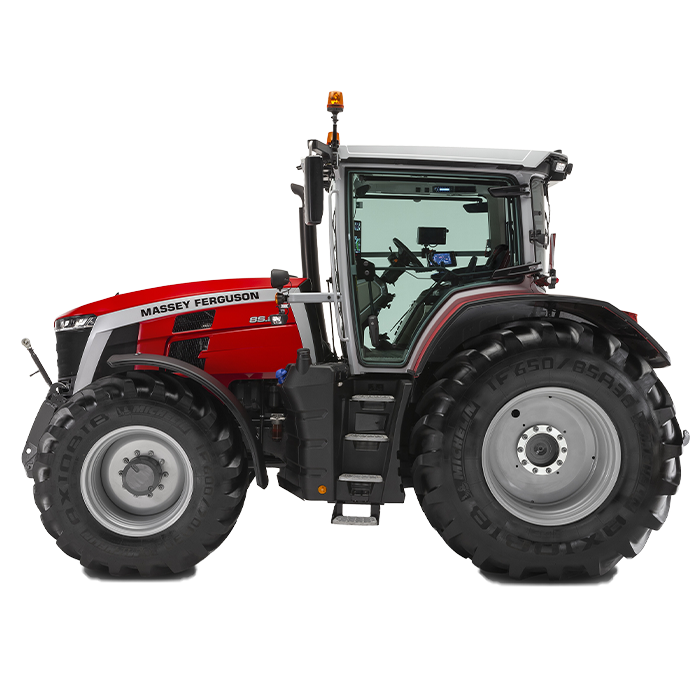





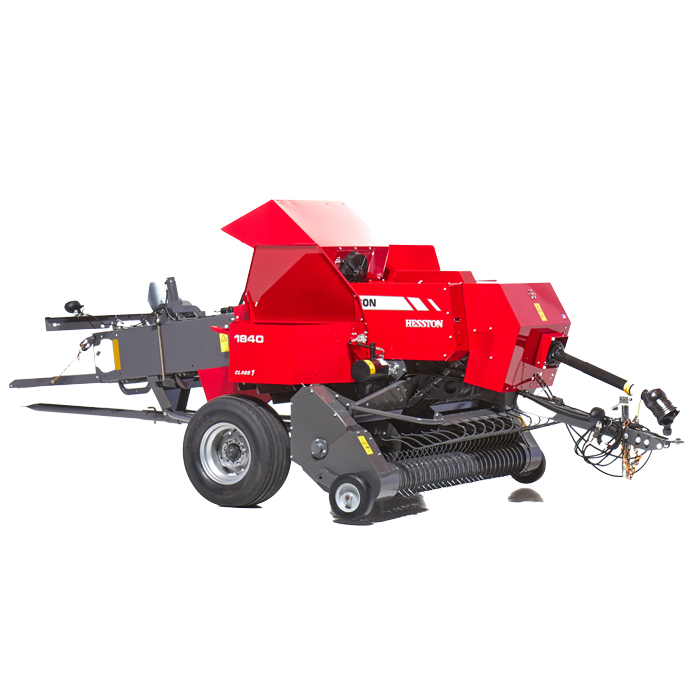
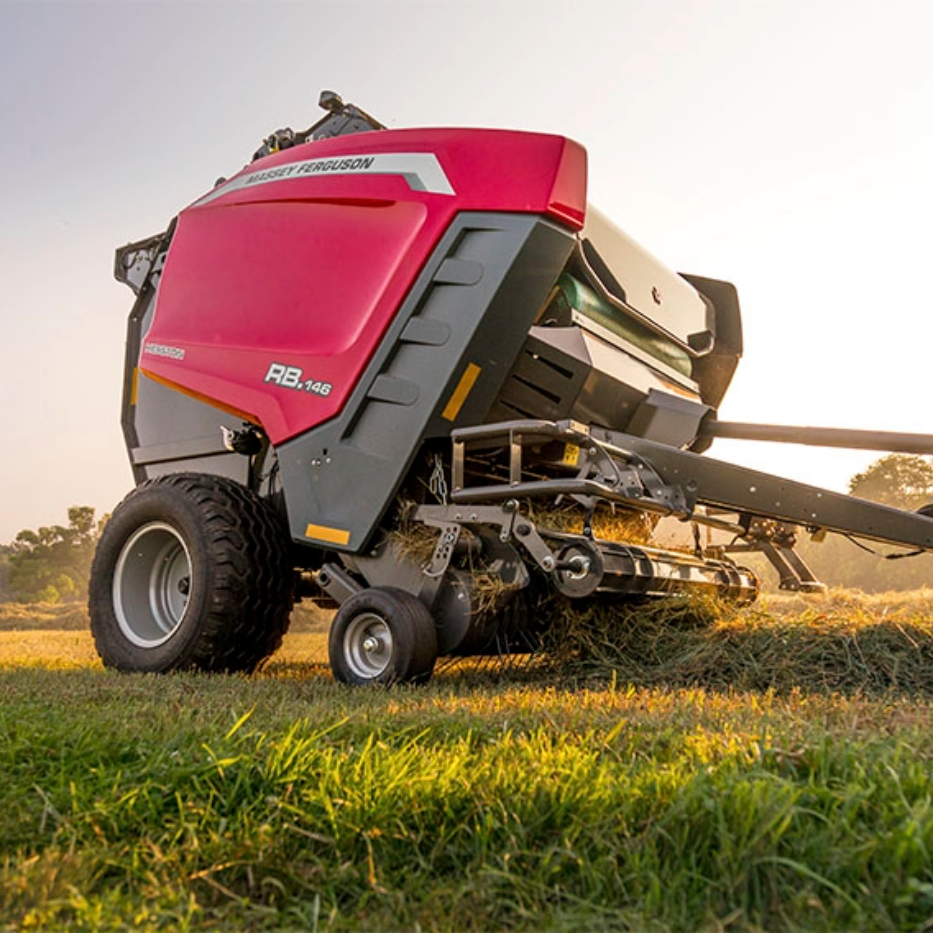
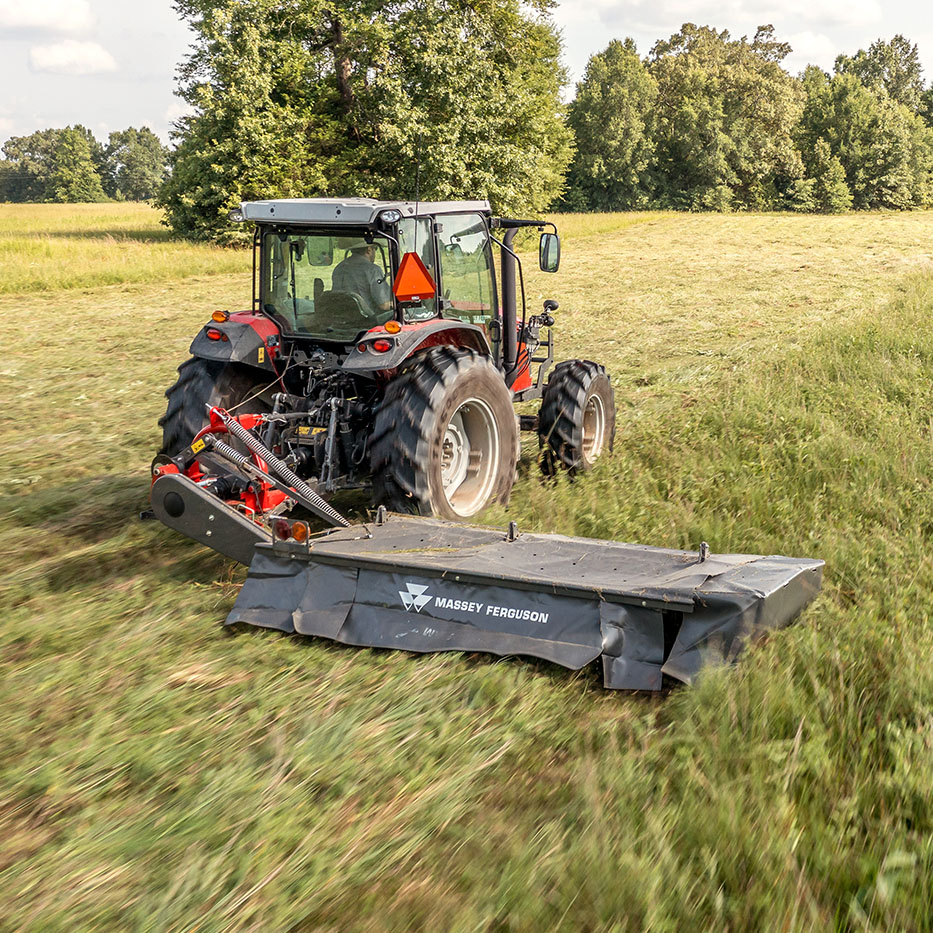
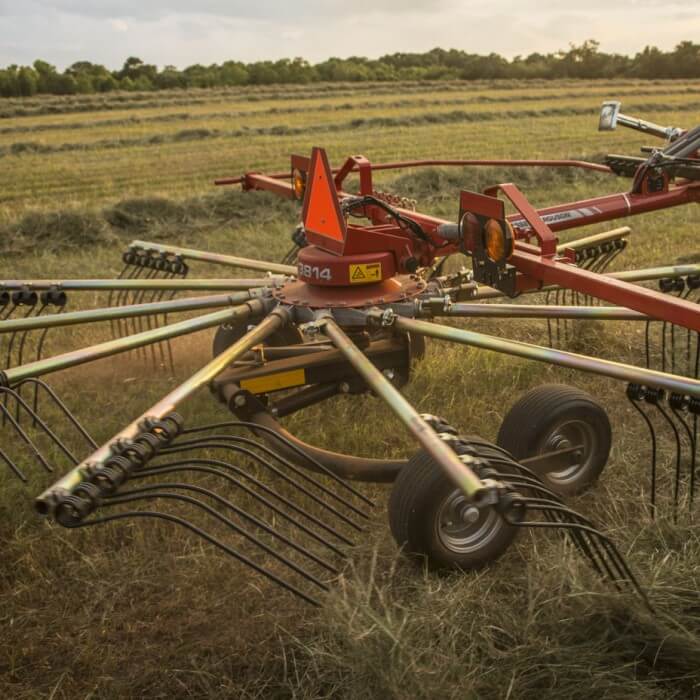
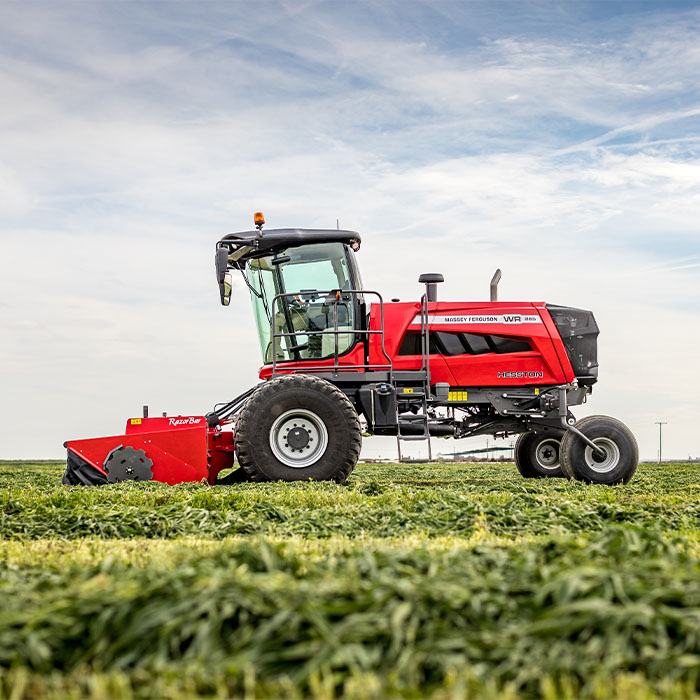


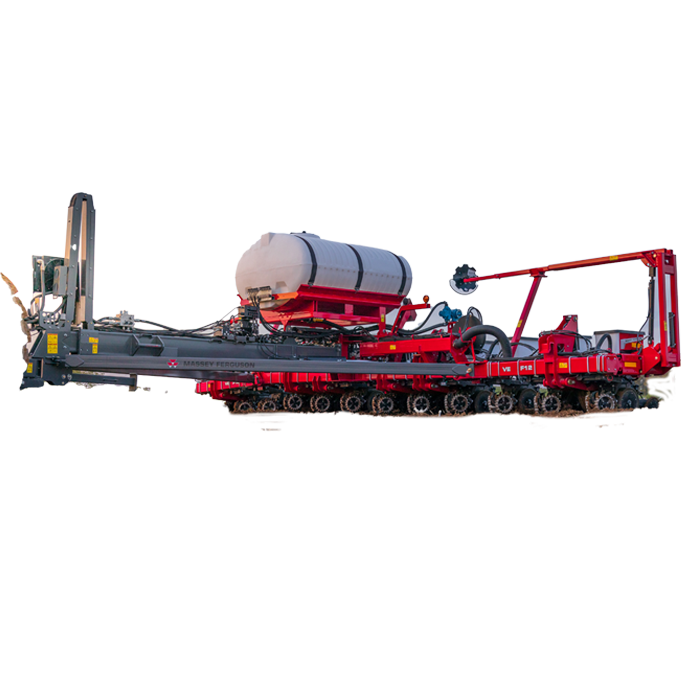


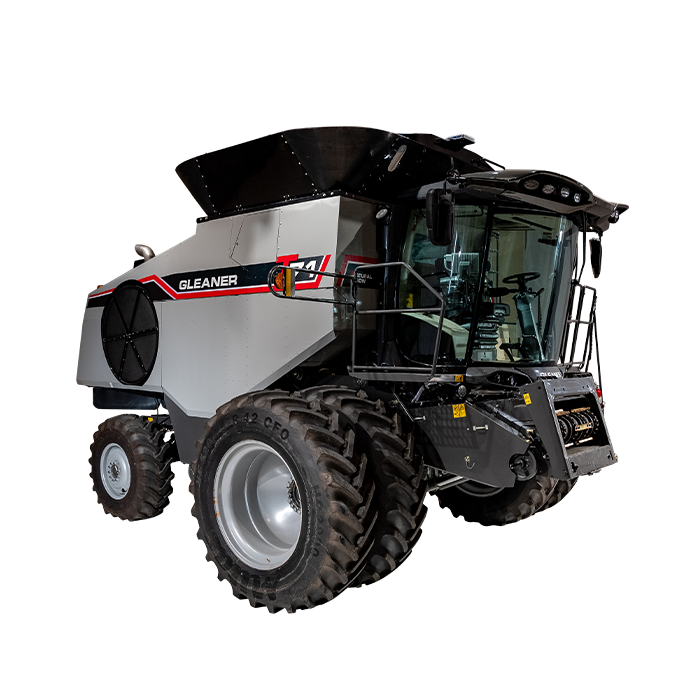

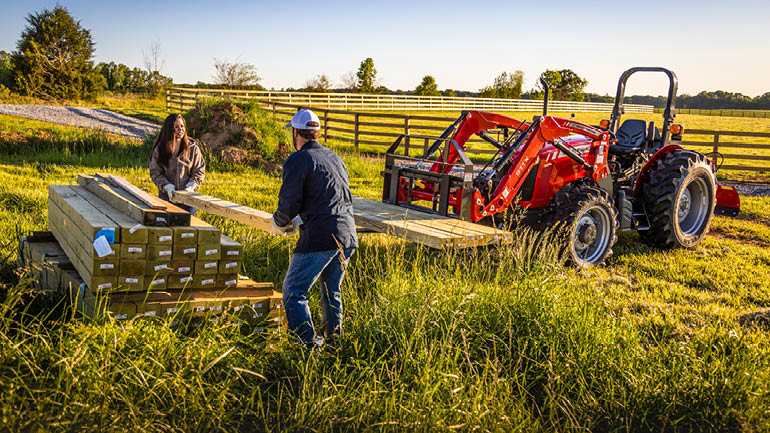



Share